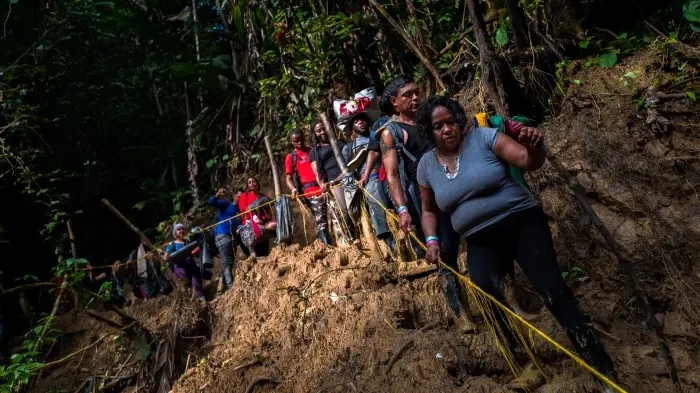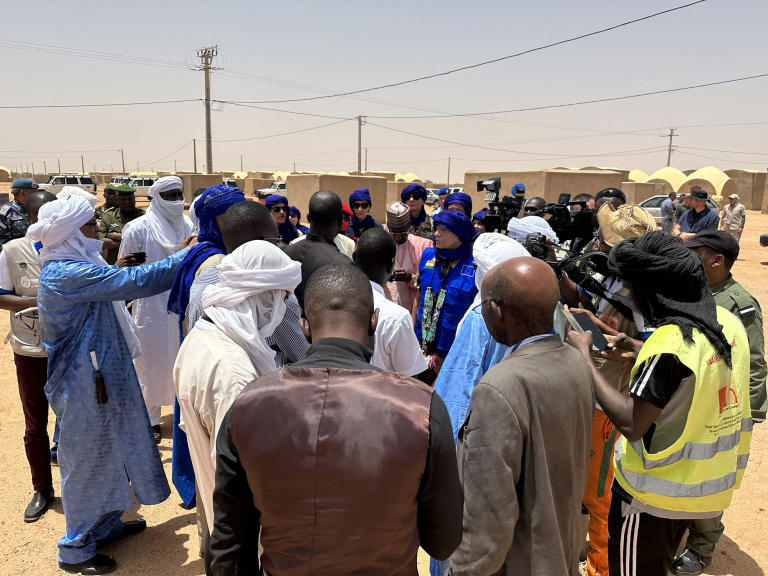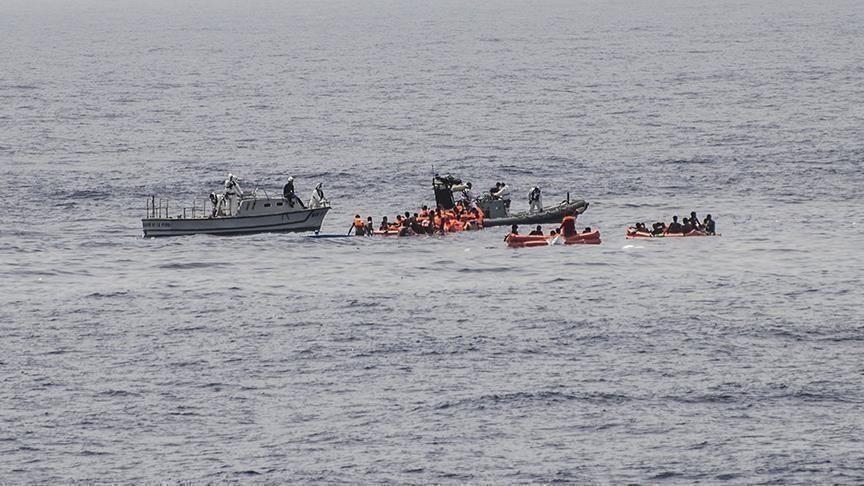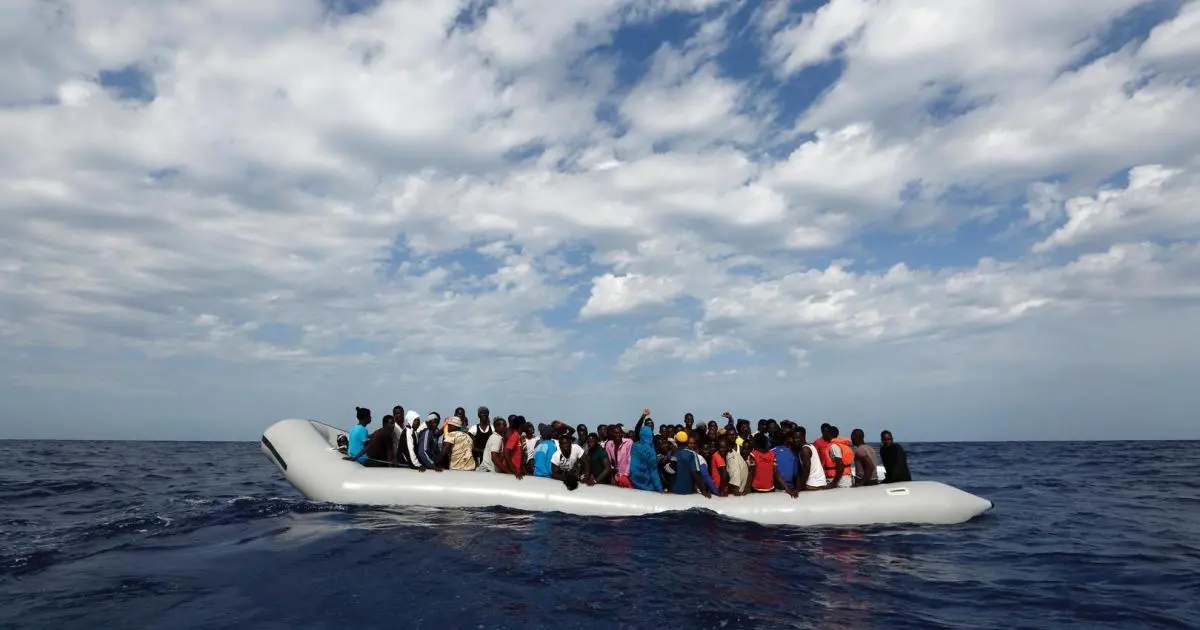Darien Migration Struggles with Major Challenges Due to
Language Barriers
At Necoclí dock, two dozen Chinese migrants, with passports and
heavy luggage, prepare to cross the bay to Acandí, the entry point to the difficult
Darién Gap jungle trek. This 100-kilometer route from Colombia to Panama is the
only overland path toward the United States. The migrants, unable to speak
Spanish, rely on hand signals to communicate with street vendors, who
overcharge them in US dollars to wrap their belongings in plastic for the
40-minute boat ride.
A Colombian handler, who speaks Spanish, manages the group
by organizing their passage and handling their documents. Historically, most
migrants traversing the Darién Gap were from Latin America and the Caribbean.
Still, recent trends show a significant increase in migrants from over 100
countries, including China, Afghanistan, and India. In 2023, over 520,000
people attempted the journey, and in the first three months of 2024 alone, over
110,000 had already crossed.
The sudden internationalization of this migration route has
created new challenges for aid groups and governments, particularly due to
language barriers. Migrants from non-Spanish-speaking countries face greater
risks and difficulties. Bram Ebus, a consultant for the International Crisis
Group in Colombia, emphasizes that this influx indicates a broader
international crisis.
Several factors drive this trend. Economic hardship,
post-pandemic inflation, restrictive migration policies, and rising xenophobia
are significant push factors. Venezuelans, who have been fleeing their
country’s economic collapse since 2015, often face secondary migrations due to
these issues.
In Afghanistan, the Taliban’s return and natural disasters
compound the humanitarian crisis. Global conflicts have increased, affecting
one in six people worldwide, while climate change exacerbates conditions in
countries like Nepal, Bangladesh, and India, pushing many to migrate.
Visa restrictions and militarized borders in Latin America
have made the Darién Gap the only viable overland route for many migrants. For
some, like Cubans, Nicaragua offers an alternative due to its relaxed visa
policies, but the cost of flights and visas remains prohibitive for many.
Language barriers significantly impact migrants'
experiences. Ahmed, a recent graduate from Somalia, illustrates this challenge.
He traveled from Kismayo to Las Tecas, a migrant camp near the Darién Gap,
speaking English, Somali, and some French. He helped translate for a fellow
Somali at a Médecins du Monde aid station, highlighting the critical need for
language support in medical and emergencies.
Humanitarian groups like Médecins du Monde are expanding
their translation capacities, but many aid organizations still struggle to meet
the needs of non-Spanish-speaking migrants. The language barrier is
particularly problematic during medical emergencies, where timely communication
is crucial.
Migrants also face exploitation and violence. Ahmed’s group
was robbed by Peruvian police and other migrants. In Colombia, healthcare
access is limited for undocumented migrants, leaving many without essential
medical care. Children are especially vulnerable; more than 30,000 crossed the
Darién Gap in early 2024, increasing the demand for prenatal and pediatric
services.
Despite these challenges, migrants continue to persevere.
Ahmed, stranded at the Guatemalan-Mexican border after multiple robberies,
exemplifies the resilience and desperation driving this global migration
crisis. As the situation evolves, there is a pressing need for coordinated
international efforts to address the unique challenges faced by these diverse
migrant populations.









.jpg)